
In the world of bird photography, the hummingbird is certainly one of the most challenging to photograph. This jeweled bundle of energy has the ability to zoom around at record breaking speeds causing frustration for many a photographer. This article is written to help give you some tips so you can take better hummingbird pictures.
Set out the Hummingbird Welcome Mat
Most places in North America are visited by hummingbirds, some year round, others seasonally. Just ask your local Audubon Society on when you should put out your hummingbird feeders. You can also find out if the hummingbirds in your area migrate so you can remove the feeders in time for the hummingbirds to migrate and avoid freezing in the cold.
Every serious hummingbird photographer needs to have a good hummingbird feeder. When looking for a feeder, make sure you have one that is easy to clean and that it is easy to fill with sugar water.
Most birders suggest using 4 parts water to 1 part sugar or you can also try using a 3:1 mixture as well. Keep the feeders filled so that the hummingbirds don't head to a more reliable nectar station. However you should take them down periodically to clean but put them right back up. Also never use food coloring because it can cause dangerous growth on the hummingbirds beaks and it's not needed to attract them.
Hummingbird Feeders, Perches and Flowers
One of the biggest challenges with photographing hummingbirds is that they rarely sit still. Hummingbirds are constantly zooming and darting so it makes it difficult to photograph them. Many photographers try following the hummingbirds (with camera in hand) in the hopes of getting a shot. However, don't do that as it is best staying in one position and being patient.
You want to think about the kind of bird pictures you want and then set things up to help increase your chances of getting the shot. After you're all set up, all you have to do is have your camera ready and get comfortable. Many photographers use a stabilizer device like a tripod or monopod so the camera is always ready for the next shot. Some photographers use blinds so they can move without worrying about scaring off a hummingbird.
If you want pictures of the hummingbirds hovering, you'll need to remove the perches from your hummingbird feeder. Although this may seem a little mean, if you plug up all of the holes on the feeder but one it will make it easier to get a good hummingbird picture. You'll still have the ones that are zipping around trying to get the one at the feeder to move on, but that will happen regardless.
Now if you want to take a picture of a hummingbird perching, watch where the dominant male goes after he gets a drink at the feeder. Usually he will perch where he has a good view of his feeder. And if the perch isn't a good location for you to get photos, do some rearranging. Move the feeder closer to a perch that works for you.
You can also move it farther from the natural perches and add a new perch that is in a photo friendly location. The hummingbird won't mind as long as he or she can keep an eye out for intruders. Eventually the hummingbirds will get used to you and your camera, but movement will likely frighten them off so make sure you're in a quiet area with very little activity.
If you have a beautiful flower that the hummingbirds never visit (and would make a great photo), try using an eye dropper and gently fill the flower with some sugar water. This only works for a short time though because after a couple hours the blossom will wilt and then it will die.
As with the feeders and perches, you can also bring flowers to your location by hanging a basket of flowers. However no matter if you use a flower or feeder, you'll still only have about 8 seconds tops to take your pictures. Still, it pays to be patient and not press the shutter until after the hummer's had a sip of nectar. If your flash frightens them off, it's likely they won't return to the feeder.
Check Your Background
The best background for hummingbird photography is something dark green that doesn't have any distractions in it like brown twigs or branches. If you want a mobile background try a dark green potted plant or a painted poster board. The best thing you can have is a dark background so the hummingbirds bright colors can really stand out.
Hummingbird photos in Google Images will give a good idea of what type of backgrounds work and don't work. Note how brilliantly colored hummingbirds fade into some backgrounds, like the bright green, sun lit trees and shrubs. A shaded area behind the flower, feeder or perch works well too.
You can use photo editing software like Adobe Photoshop Elements, to blur the background and make the hummingbird stand out from the background. You can also find tutorials on this on websites like Adobe.
Lights - Camera - Action
After you have things set up it's just a matter of finding a nice, comfy place to sit nearby with your tripod and camera. To freeze the motion of their wings, you'll need a high speed flash, but you can still use these tips to get some really nice photos with even a decent compact camera.
Remember, hummingbirds may be the most challenging subject in bird photography, but with some patience you will soon have a nice collection of hummingbird photography to frame and display in your home.
Autumn Lockwood is a writer for YourPictureFrames.com and loves shopping for picture frames. If you're looking for black picture frames, visit our website or call us at 1-800-780-0-699.
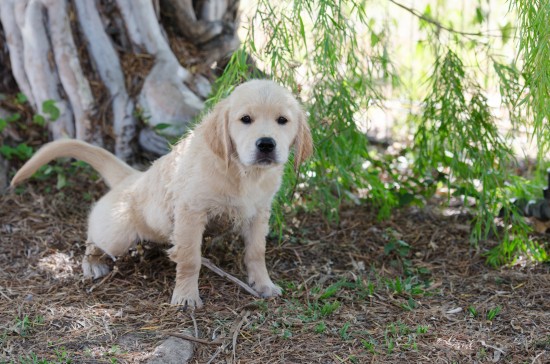 Weaning Your Puppy Off Puppy Pads In Favour Of Toileting Outside
Weaning Your Puppy Off Puppy Pads In Favour Of Toileting Outside
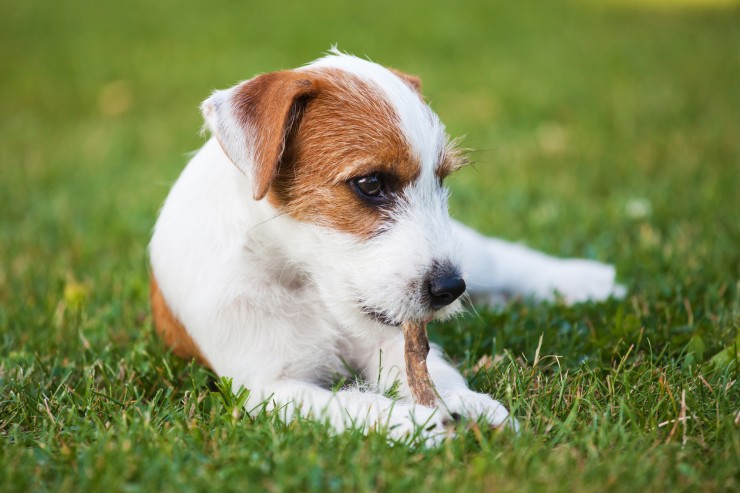 Talking To Children About Feeding Your Dog And Giving Them Treats
Talking To Children About Feeding Your Dog And Giving Them Treats
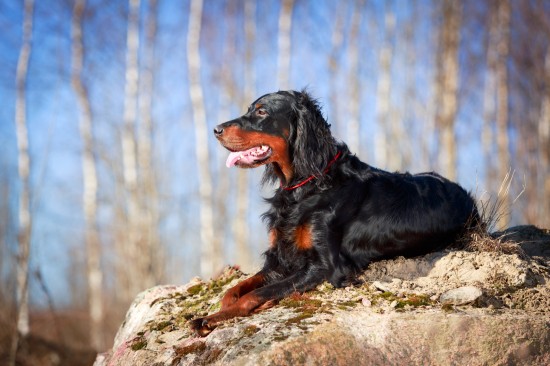 Some Frequently Asked Questions About The Gordon Setter Dog Breed
Some Frequently Asked Questions About The Gordon Setter Dog Breed
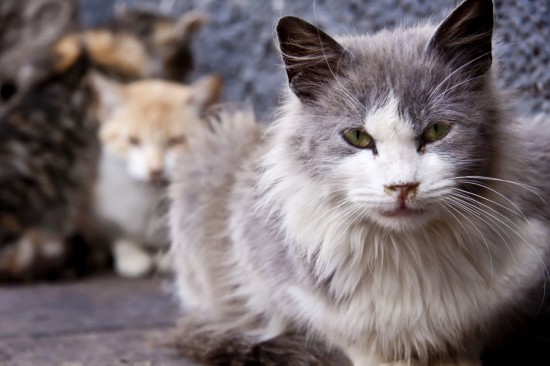 Caring For Older Cats
Caring For Older Cats
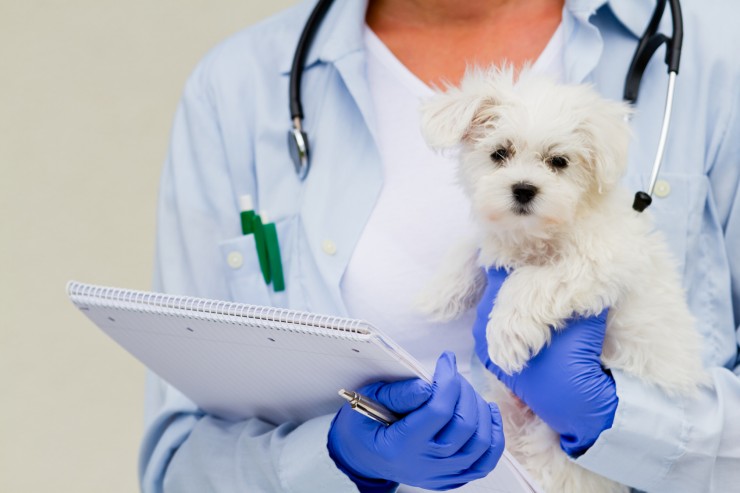 When Should I Take My Puppy For Their First Vet Checkup?
When Should I Take My Puppy For Their First Vet Checkup?
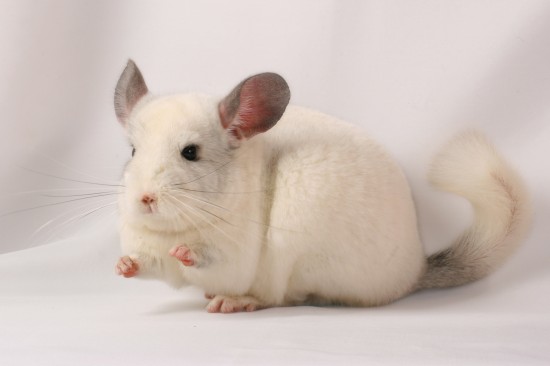 Ten Interesting Facts About Chinchillas
Ten Interesting Facts About Chinchillas
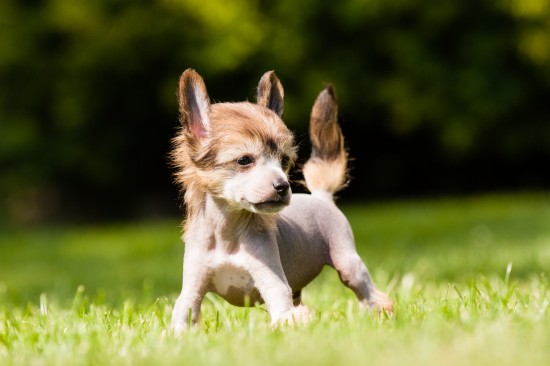 Health And Care Of A Hairless Chinese Crested Dog
Health And Care O
Health And Care Of A Hairless Chinese Crested Dog
Health And Care O
 Ways to protect your Dog in winter
Ways to protect your Dog in winter
If you cann
Ways to protect your Dog in winter
Ways to protect your Dog in winter
If you cann
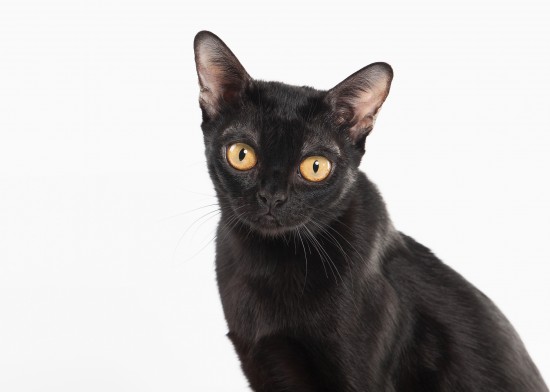 Some Frequently Asked Questions About The Bombay Cat Breed
Some Frequently A
Some Frequently Asked Questions About The Bombay Cat Breed
Some Frequently A
 A Friend Named Thor
I lost my best friend about a year ago and I
A Friend Named Thor
I lost my best friend about a year ago and I
 Digestive Problems In Birds
Digestive Problem
Digestive Problems In Birds
Digestive Problem
Copyright © 2005-2016 Pet Information All Rights Reserved
Contact us: www162date@outlook.com